When A & I returned to Hong Kong in 2007 we tried our hand at tourism and set up a company with the view to taking people on walking tours around Hong Kong. Sadly as a business venture it failed (the tourism industry in HK is geared mainly towards mass packages), so we decided to make it a non-profit thing as it was doing that by default anyway. The result is that we now take individuals and groups around Hong Kong occasionally when we are approached. We do this for friends and other people who get in touch with us. The most common thing we do is “Walking With Chopsticks” a walking tour around Jordan & Yau Ma Tei that takes in various eateries and allows people to sample local food and even learn how to order it. Here is the latest tour we took which included colleagues and a group from the Hong Kong Refugee Advice Centre.
First: Breakfast. We started with congee, which is essentially boiled rice. A popular dish for breakfast and also when you are ill as it is plain and easy to digest. It is often the dish that people are surprised about the most – They don’t expect to like it and find that they do.
Walking along we go past a bakery and pick up some Egg Custard Tarts to try. There are 2 kinds: one with more shortbread like pastry, and the other with more flaky pastry. Both are delicious. These reflect the Hong Kong love of baked goods and the fusion of east and west tastes.
Next we pick up some ‘wife biscuits’ which are small pastries filled with winter melon paste. Along the street we go past cooked meat shops that sell Char Siu (BBQ pork) to take away or eat in.
Our next stop finds us at a tea shop, where we are served a couple of different teas, prepared in the traditional Chinese way. This time we tried a Pu ‘er tea and also a jasmin tea.
After fueling up with tea, we head through a traditional open-air market for a sit down and a bit of dim sum. Dim Sum are small snacks such as steamed buns and dumplings most often eaten in the morning. This is also a drinks stop and includes coffee, teas, salty seven up, boiled coke and a tea/coffee mixture.
After a walk through the wet market we find ourselves back on the street and to another tea stop. This time a medicinal tea shop. Traditional Chinese medicines are often made of lots of ingredients which are then boiled together and drunk as soup or tea. The most common and popular medicinal teas are sold in ready made batches. Some are sweet, whilst others, such as the “24 Flavour Tea” taste like they should be very good for you.
We walk through an undercover eating area, which a few ‘restaurants’ before hitting the seasonal Snake Soup shop. In Chinese food culture snake is considered a ‘heating’ food, so is normally only eaten in the winter. As a result, the snake soup place is seasonal and is only open in the winter months (November – April approx)
Walking along Temple Street (very quiet in the daytime as it is a night market) we stop for fishball noodles. These are ground fish or seafood paste, cooked and served in soup with noodles. Can be accompanied by dried fish skin which is a lot tastier than it sounds!
And so finally we come to the end – dessert. We finish up our food tour at a Chinese desert place. The one on Jordan road specialises in fruit based desserts. Chinese desserts are more like soups and can hot or cold. The cold fruit ones are very refreshing on a hot day!
I love taking these tours. Hopefully it makes Hong Kong food more accessible to foreign residents and visitors.
How it works: We ask everyone to put in HK$280 which goes into a “kitty” and all food and drink is paid for from that. The left over can be given back or donated to the Hong Kong Refugee Advice Centre, a charity that works with refugees in Hong Kong helping them housing and the UN refugee status process among other things.
If you would like to do a food tour or another tour of Hong Kong (we can customise to personal interests) feel free to contact me.
- Yau Zar Gwei (a fried stick, bit like a savoury doughnut). served with the congee
- fried bread sticks wrapped in rice rolls, with soy sauce
- congee is served
- enjoying congee
- in the tea shop
- pu’er tea
- enjoying tea
- Very old, very expensive tea
- dim sum time!
- bamboo steamers for dim sum
- drink station in the dim sum place
- fish in the wet market
- fish heads are popular in Hong Kong
- eels and turtles in the wet market
- Medicinal tea shop
- undercover restaurants near Temple Street
- fish ball soup devoured!
- There is always room for pudding – the last stop.

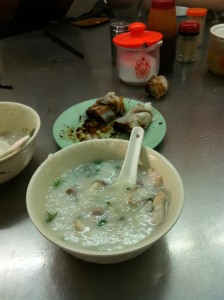
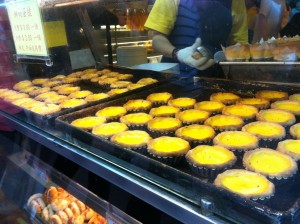
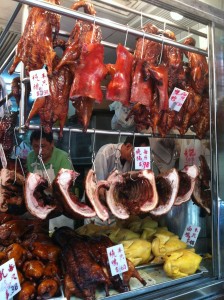
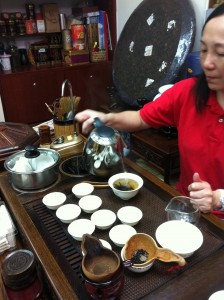
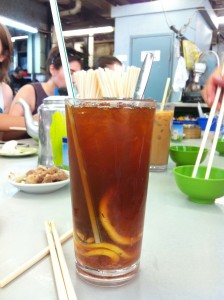
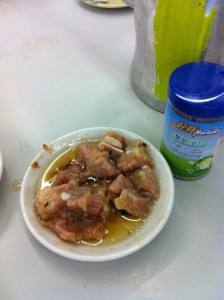
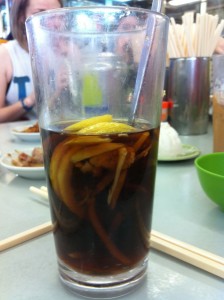
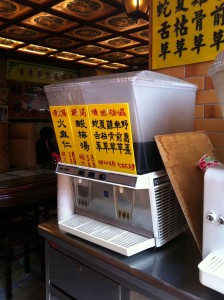
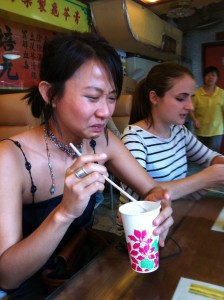
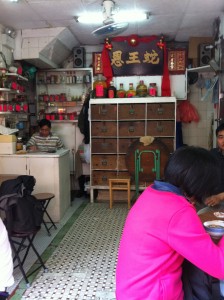
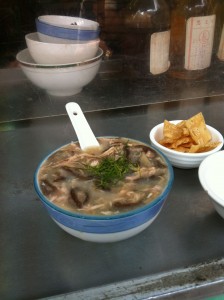
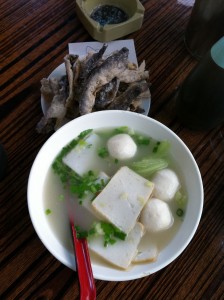
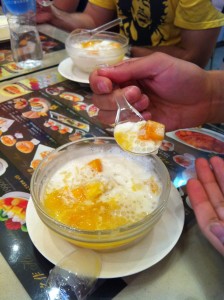
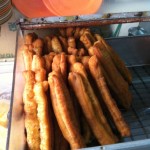
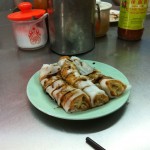
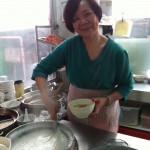
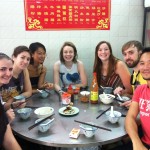
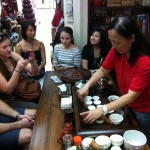
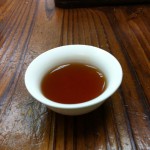
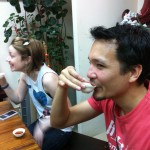
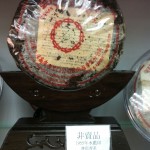
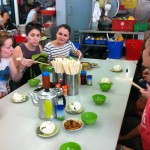
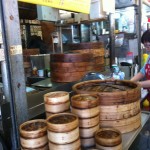
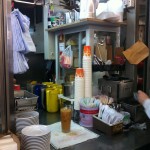
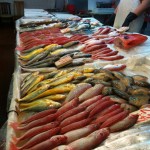
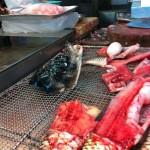
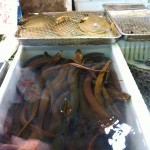
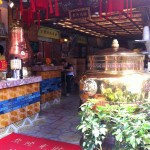
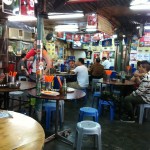
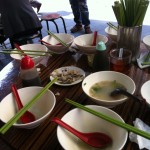
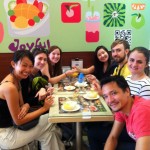


Recent Comments